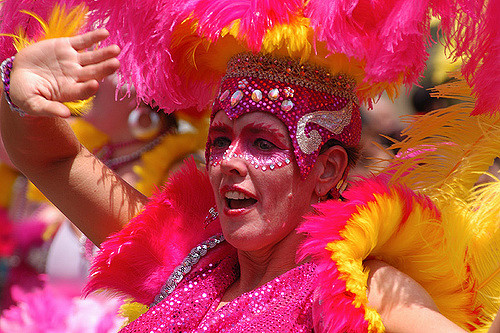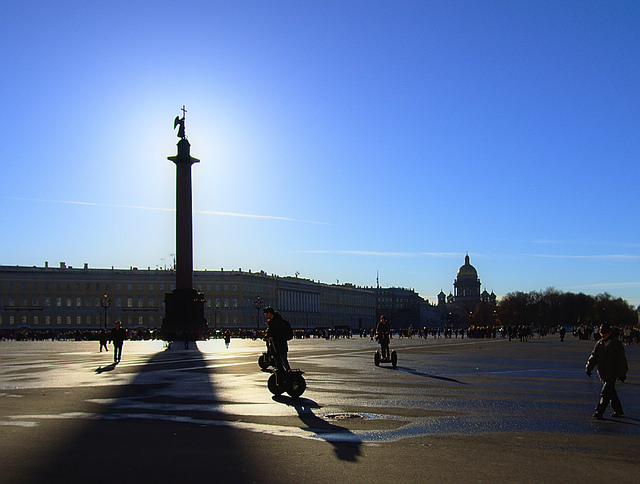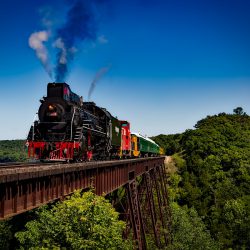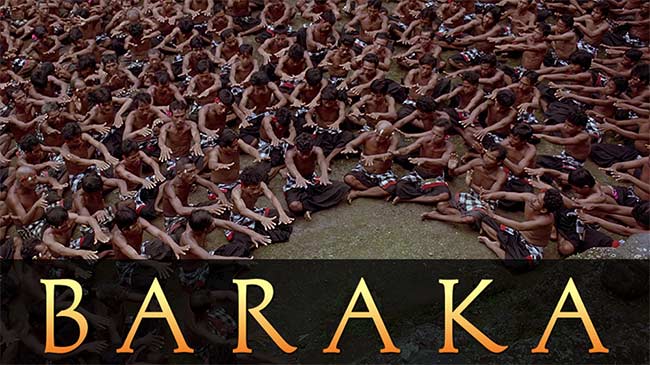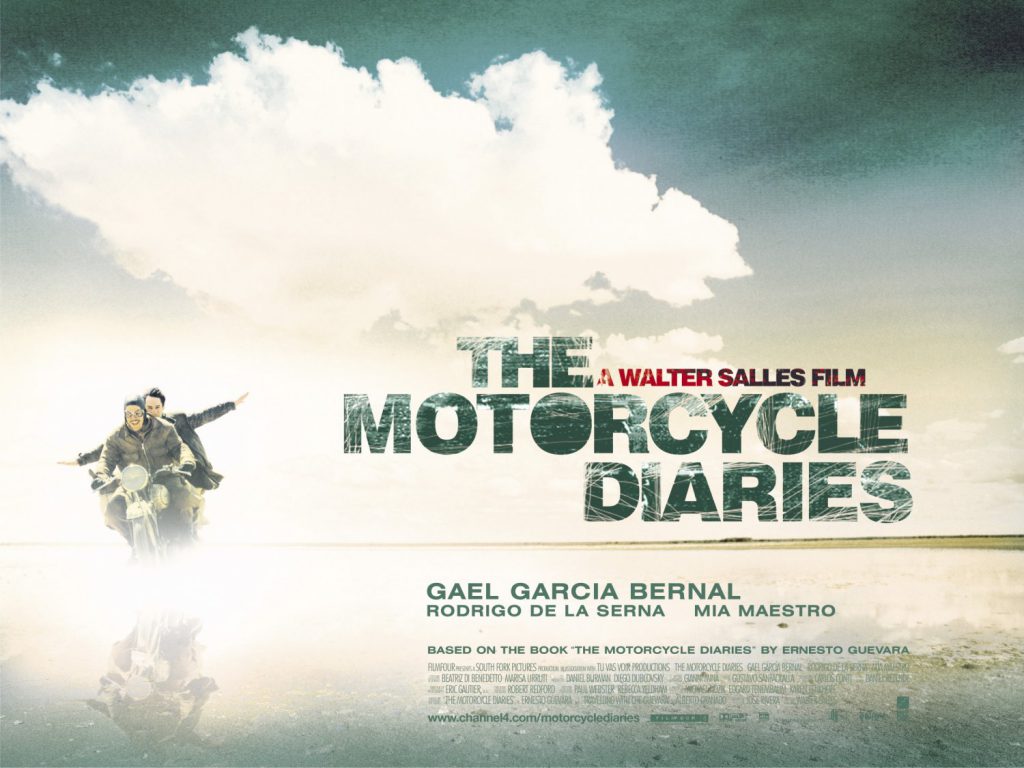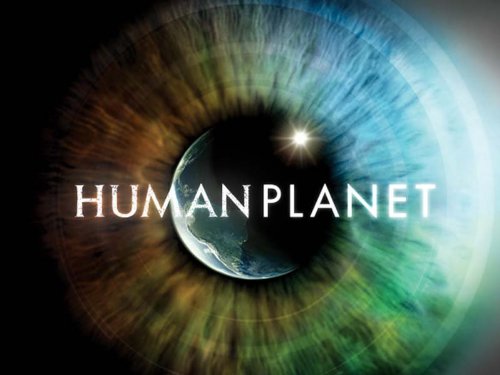The Summer Solstice or midsummer as it’s also known happens twice a year. Once in the northern hemisphere and once in the southern hemisphere when the sun reaches its highest position in the sky. This occurs when a planet’s rotational axis is most inclined toward the star that it orbits.
The summer solstice occurs between June 20 and June 22 in the northern hemisphere and between December 20 and December 23 in the southern hemisphere. This year the summer solstice in the northern hemisphere will occur on June 21 and on December 22 in the southern hemisphere.
Midsummer celebrations around the world
Stonehenge Wiltshire, England
The summer solstice in Stonehenge is perhaps the biggest and most famous celebration of midsummer, where around 12,000 people gather to watch the sun rise above the Heel Stone.

Austria
In Austria, summer solstice is celebrated each year with a 90-minute procession of up to 30 ships down the Danube River as fireworks are shot from the banks and hill tops while bonfires and the vineyards are lit up.
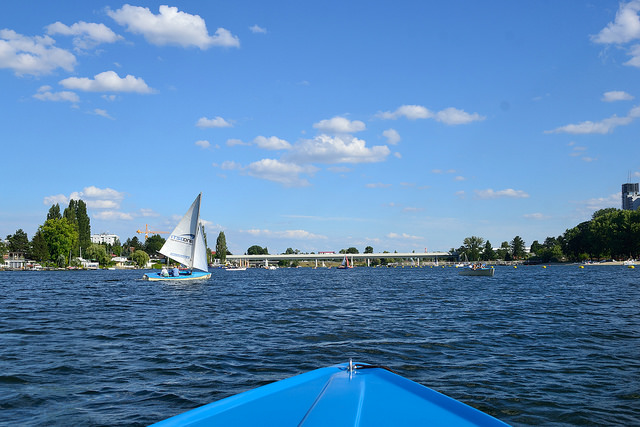
Finland
To celebrate midsummer, many workplaces and shops in Finland close their doors at noon. Many Finns leave the cities and spend time in the countryside. Many music festivals are also organized as a celebration of midsummer.
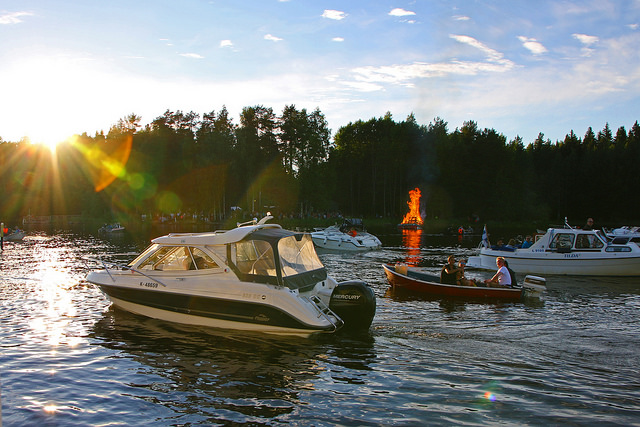
Ireland
Ireland has ‘Midsummer Carnivals’ with fairs, concerts and fireworks either on or on the weekend nearest to Midsummer. This tradition associated with St. John’s Night is also celebrated by lighting up bonfires on hilltops.
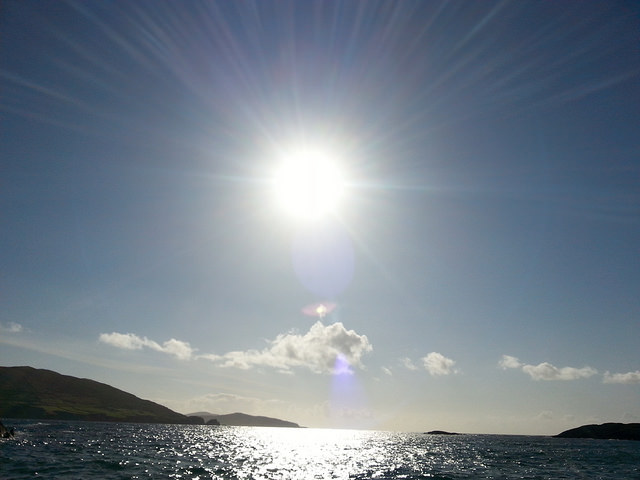
Iran
Iran has the Tiregān and Gilaki Bal Nowrooz festivals which are related to midsummer. Lighting the fire, thanking God for the blessings and crops, and praying for the peace of the souls of the dead are part of the ancient Iranian tradition.

Russia
In Russia, they have Ivan Kupala Day to celebrate midsummer. The holiday is associated with water and fertility. Some old folk traditions are practiced on this day – young girls float flower garlands on rivers and attempt to tell their fortunes from the movement or boys and girls jump over bonfires to test the strength of their relationship — if they don’t hold hands for the entire jump, the couple is predicted to separate.
Sweden
Midsummer in Sweden is celebrated for two days. This most important holiday on the Swedish calendar is celebrated with the traditional, flower-festooned maypole.
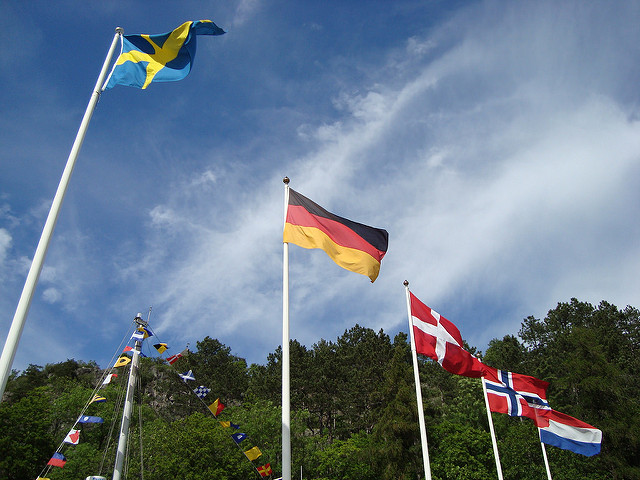
United States
In US, events such as local festivals featuring art or music; environmental awareness activities that focus on using natural sunlight as a source of energy; and family gatherings are held in observance of the summer solstice.
